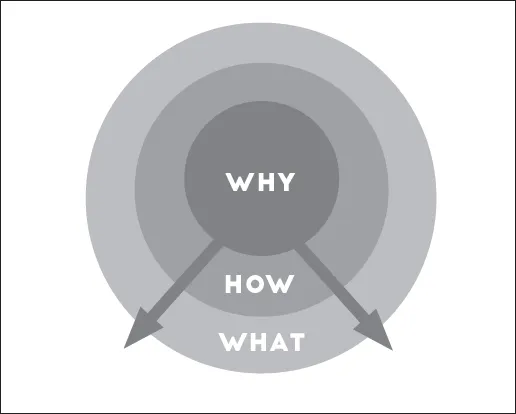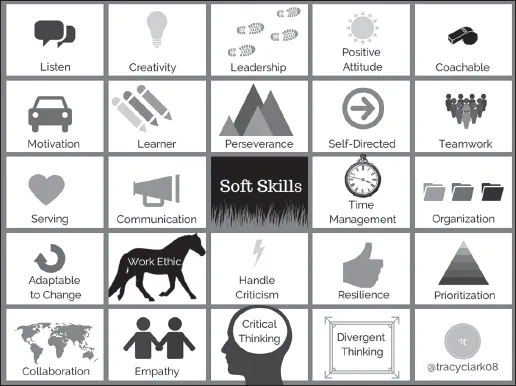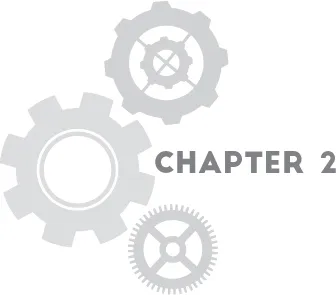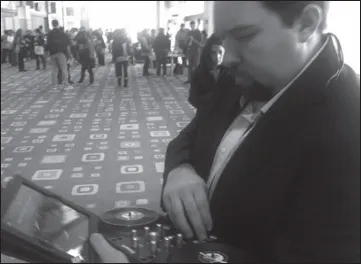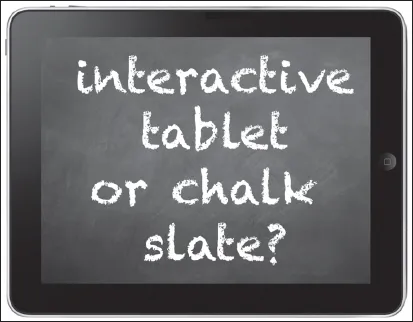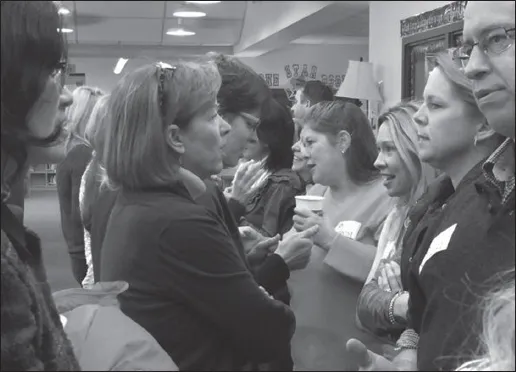![]()
STARTING WITH THE “WHY”
Figure 1.1 Simon Sinek’s Golden Circle.
Figure 1.2 Tracy Clark’s S’more “Measuring What Matters” (https://www.smore.com/bg57). Courtesy Tracy Clark.
![]()
TOP 10 THINGS NOT TO DO
1. Do Not Forget to Model
You are setting the vision and preaching what it will do; it’s time to put your money where your mouth is and model this change. This means using the exact same device the students and teachers are using during meetings, site visits, and community meetings. That type of modeling shows that you not only believe in what you are doing, but you are also a part of this change (see Figure 2.1).
Figure 2.1 The author trying to be a model mobile DJ.
2. Do Not Neglect Buy-In
That might be a bit of a double-negative there, but you get my point. How many district initiatives or incredible ideas are hatched and thrown onto campuses without any buy-in by the staff? This is a recipe for failure. Seek out the leaders and respected voices on campus to be a part of this process before you even start the initiative. This means bringing community members and teacher leaders together early on to discuss the “why.”
1. Teachers and staff in the committee feel empowered to make a decision and stand behind it because it was not handed down from “on high.” If someone questions the decision, they will defend it and even take it somewhat personally.
2. Should questions arise about why the district decided on a particular platform or device, you have evidence that not only was it not just from you, you actually weren’t even in the room when the decision was made. Your job is to support the decision of the consensus.
3. Do Not Forget to Communicate with Everyone All the Time
While it’s certainly possible to over communicate, we are much more guilty in education and administration of under communicating. Collection day for the iPads? Oh yeah, we sent out an email a couple weeks ago about that. Restrictions on the student iPads? We put that info on our single website for everything iPad. No matter what you are doing, 1:1 or otherwise, be prepared to communicate in multiple media with multiple distributions and repetitions. Spreading the word will help decrease confusion and frustration and increase trust and clarity. Too often the mythical “district” is to blame for bad ideas or solutions not communicated.
4. Do Not Expect Teaching and Learning to Change Immediately
Much like the image I have pictured in Figure 2.2, just adding technology to a situation won’t change anything without support, time, and expectations. Look at the movement around interactive whiteboards in the mid-2000s. These were seen as innovative teaching tools, but the majority of teachers who used them simply made more interactive PowerPoint presentations. That’s not really transforming learning, is it?
Figure 2.2 Is this transformative teaching?
5. Do Not Assume the Entire Community Will Be on Board
As great as the idea behind personalized learning can be, it can be a severe mind-shift for people in the community. Add to that budget cuts with staff time, and you can see how this can quickly turn into a no-win scenario. It’s important to stress what the goals are in all of this, and also to get both parents and teachers working with you to find solutions to little problems (See Figure 2.3). However, that doesn’t mean you give them the option to not participate.
Figure 2.3 Parent workshops will help educate your community.


